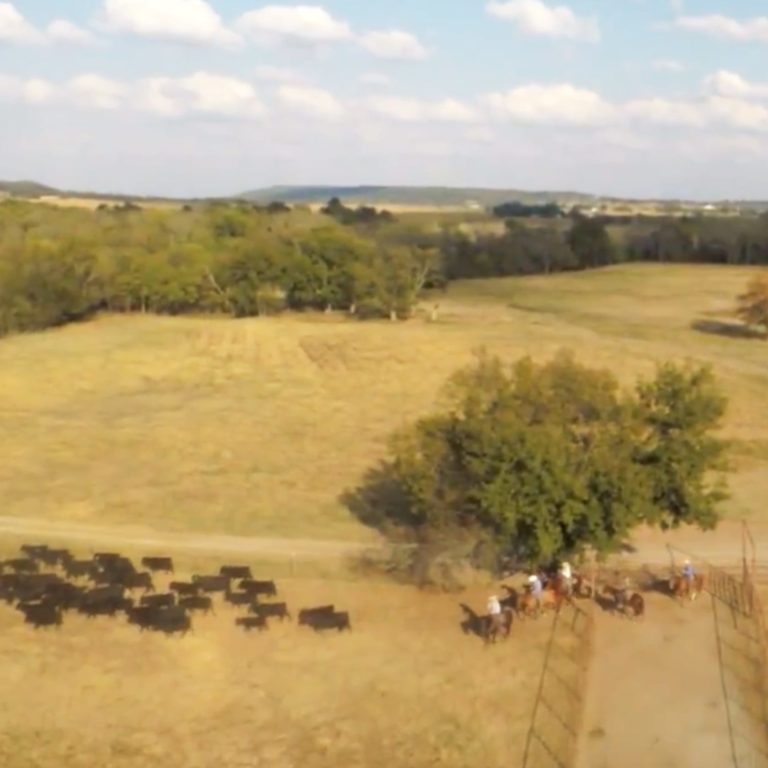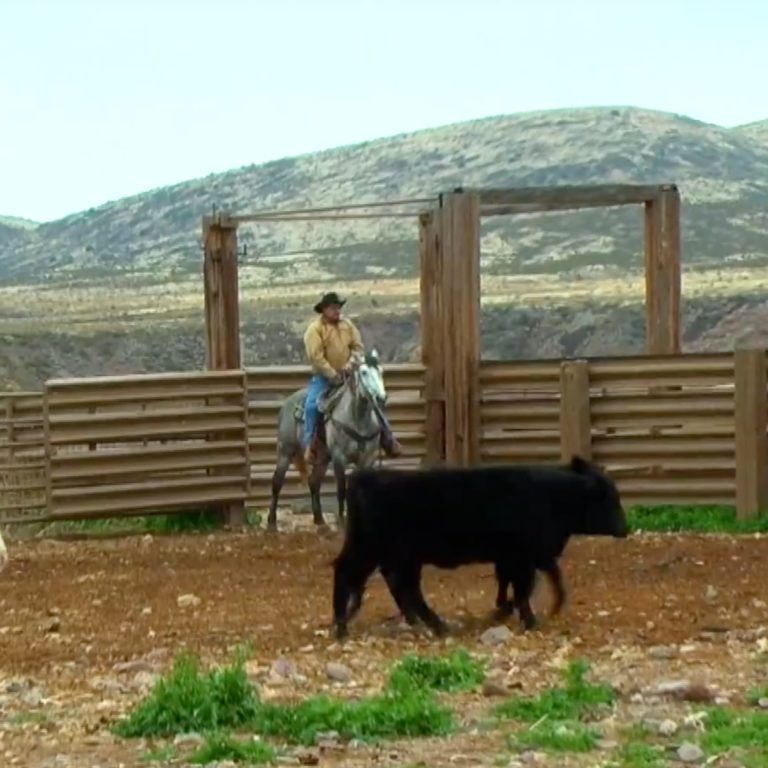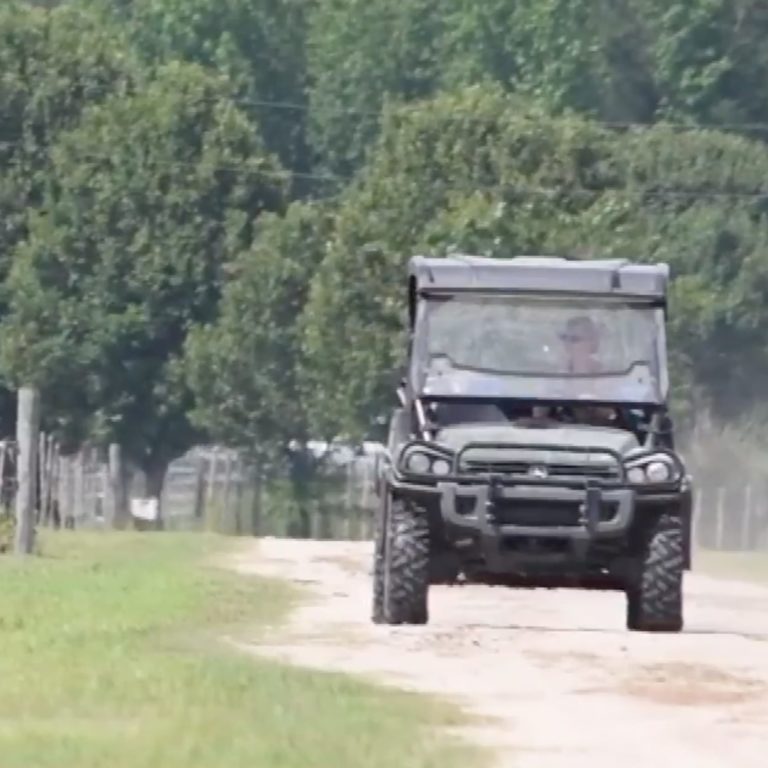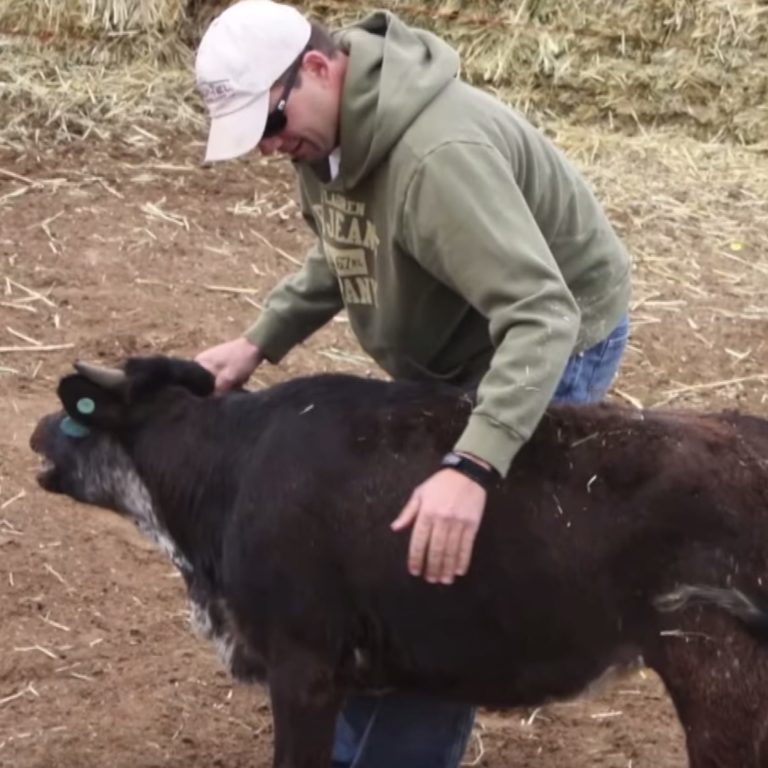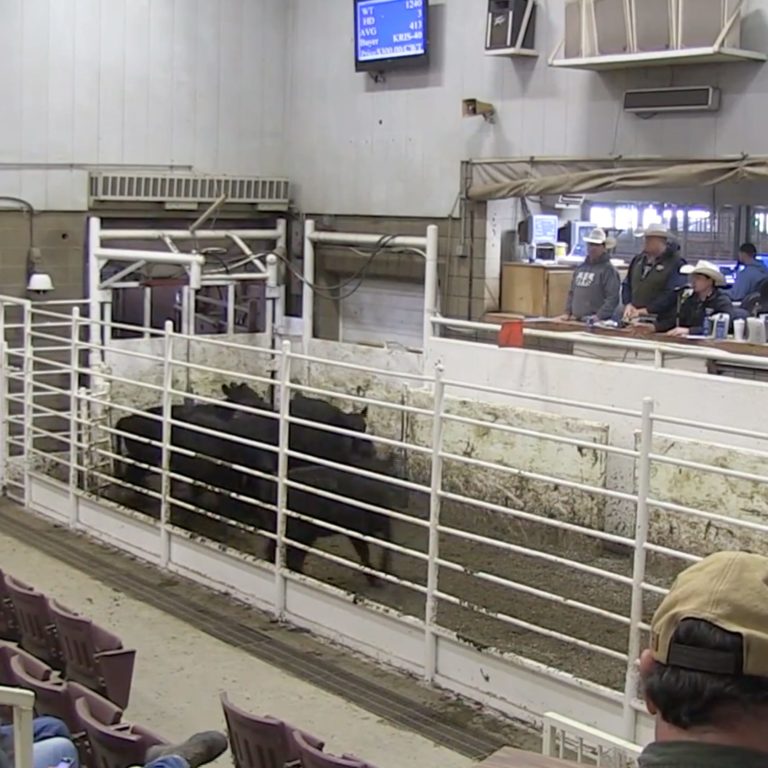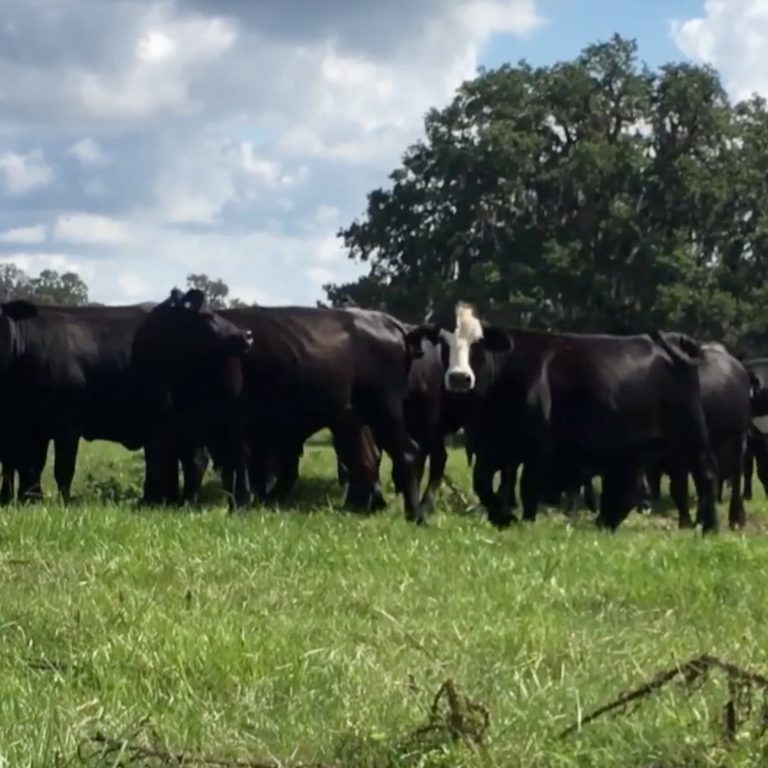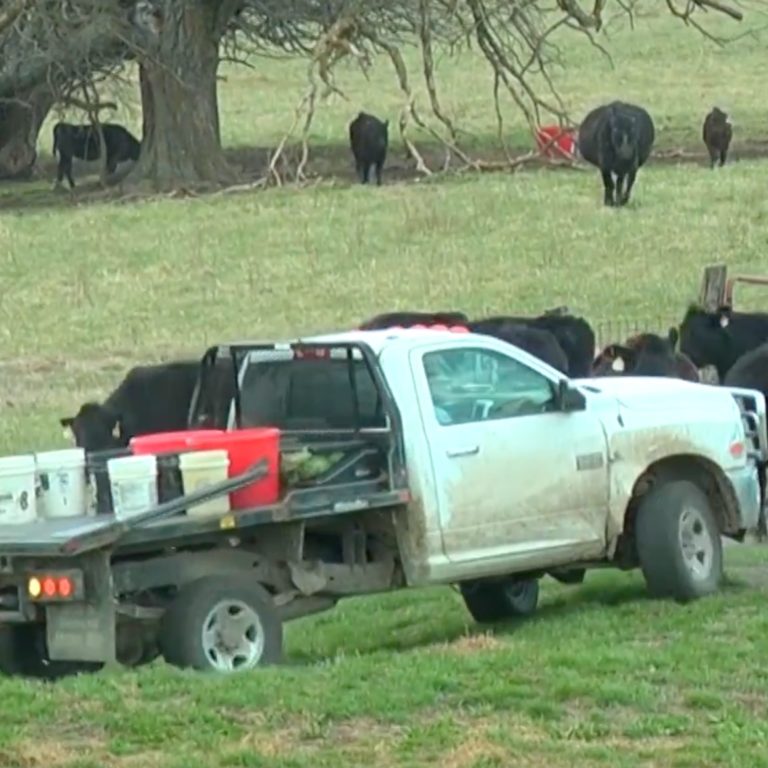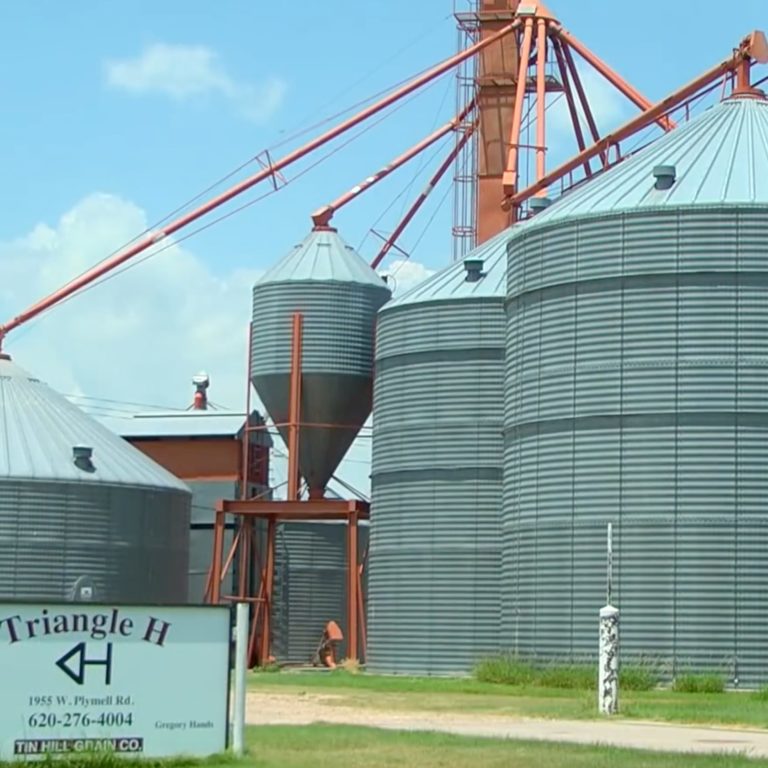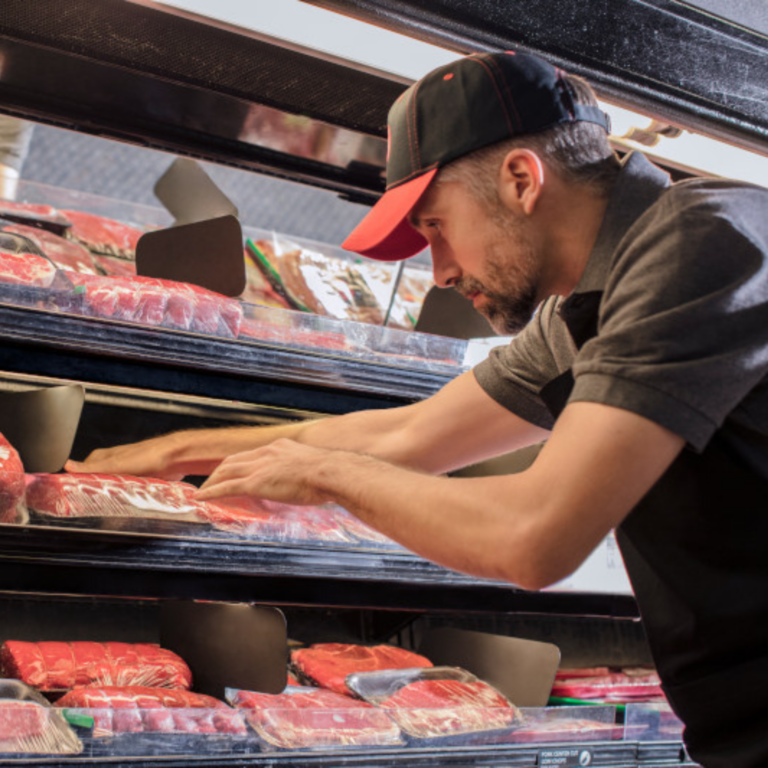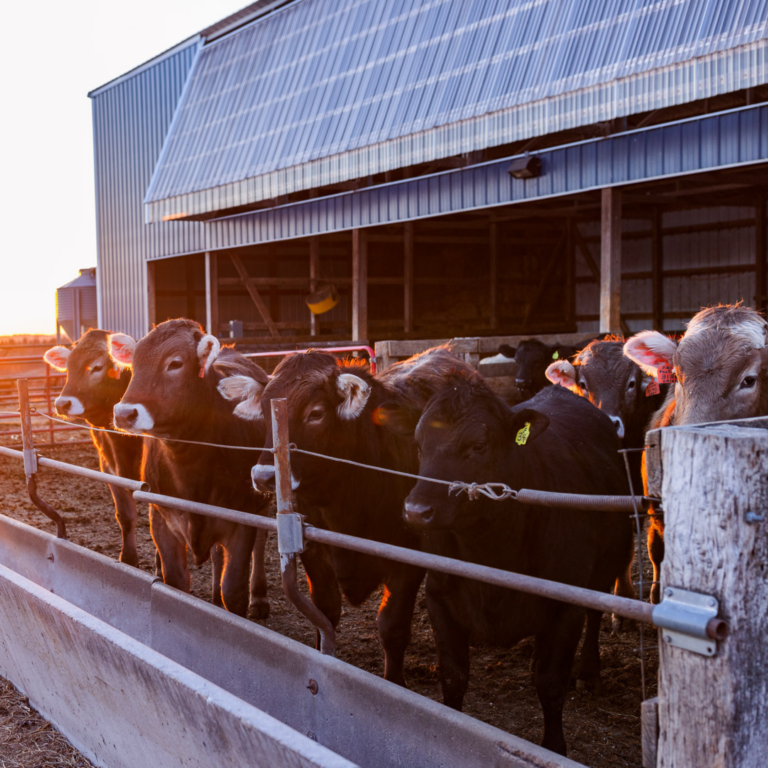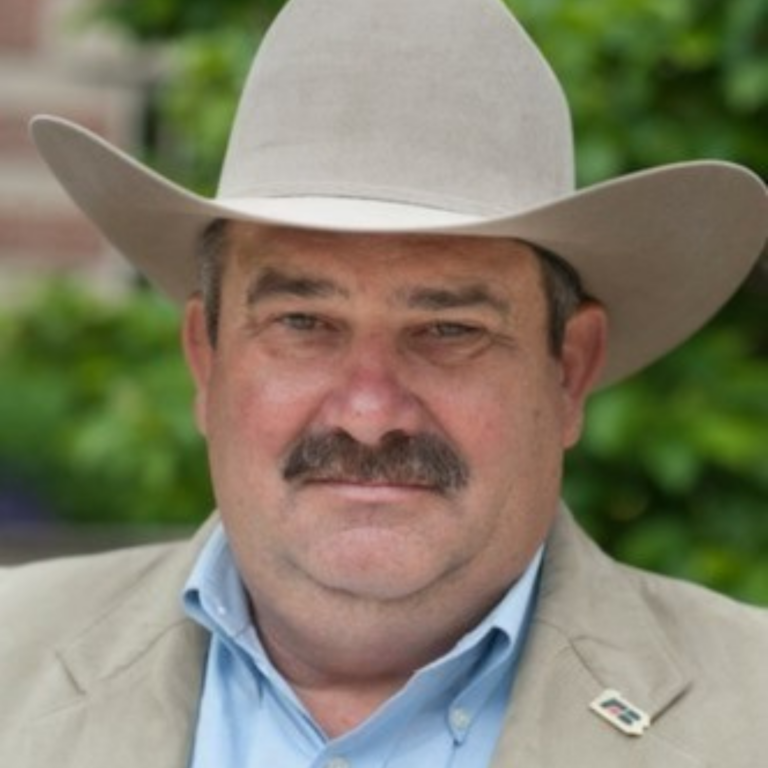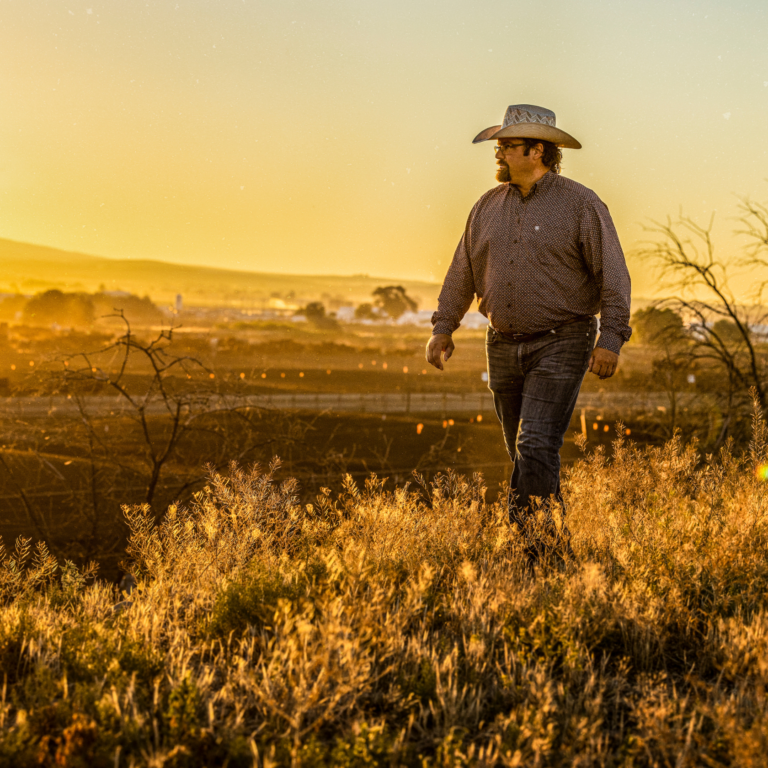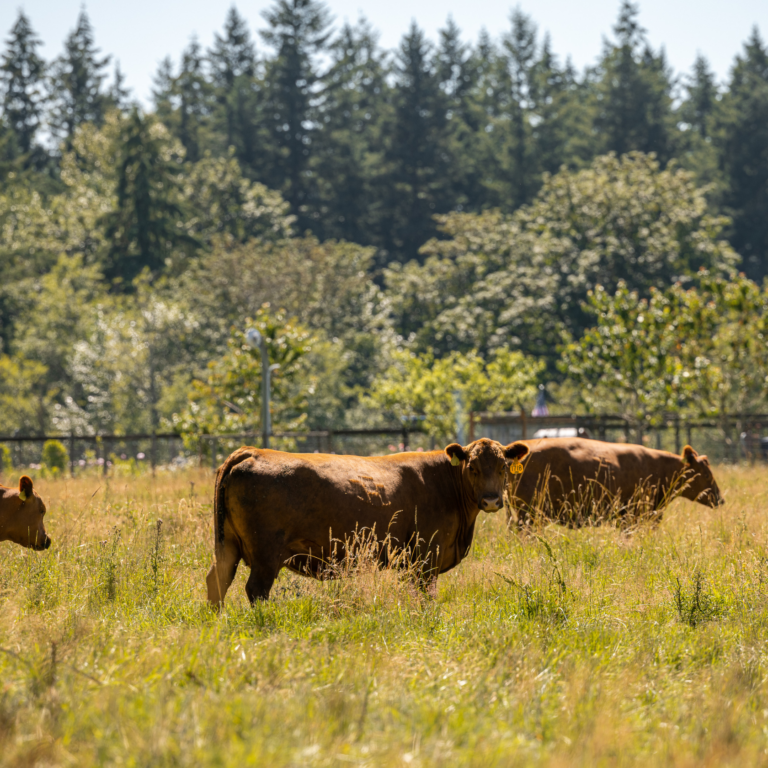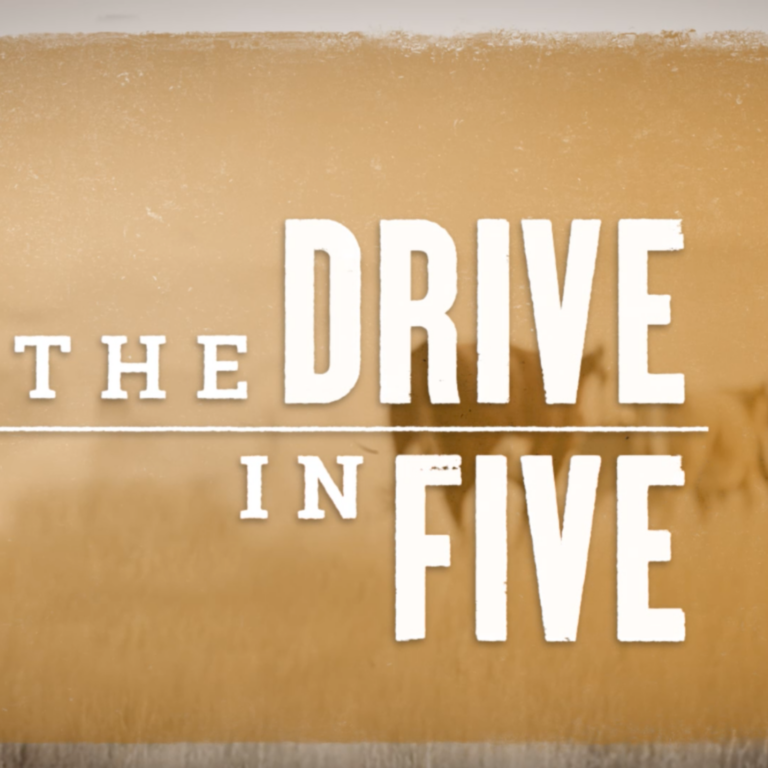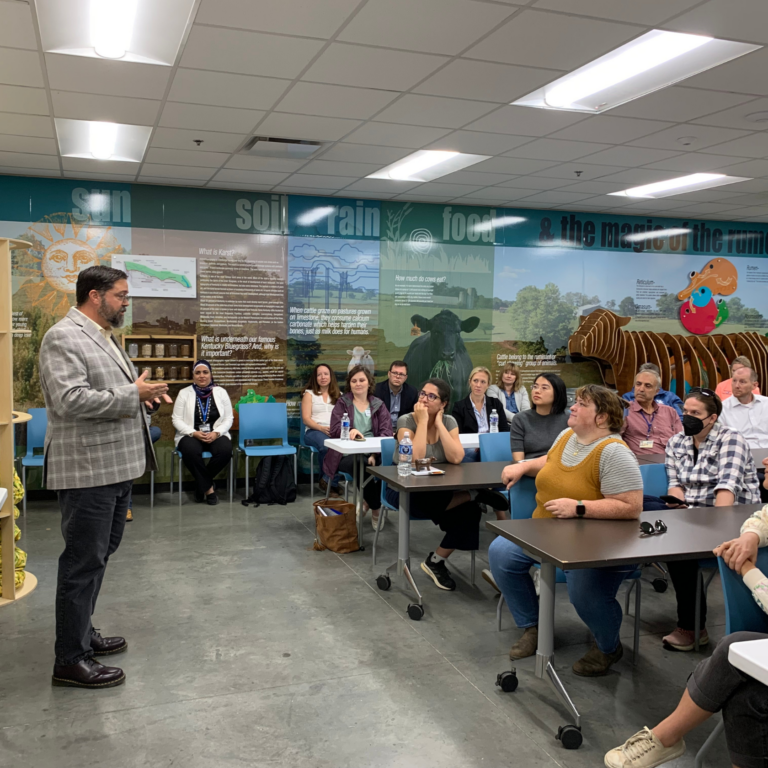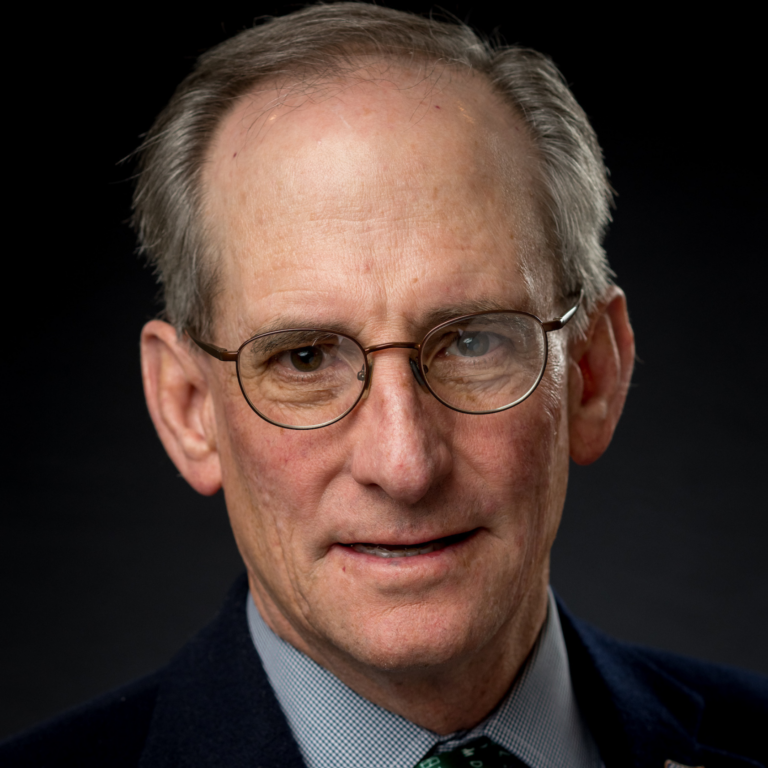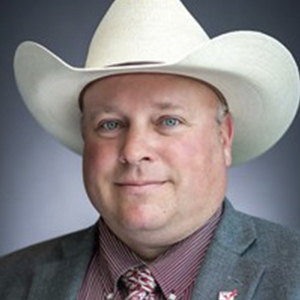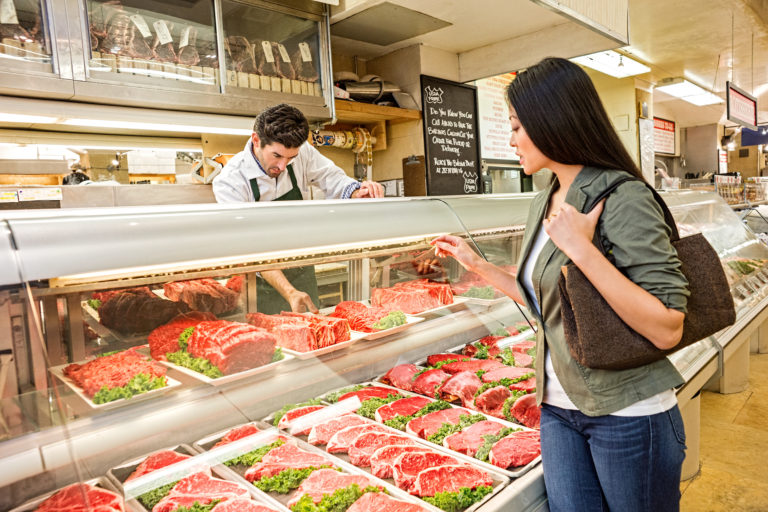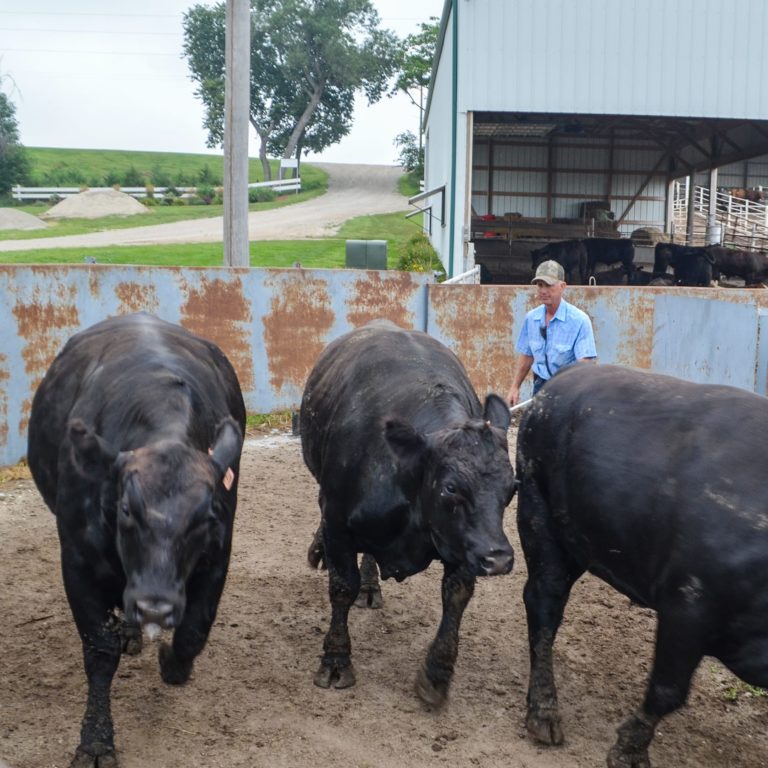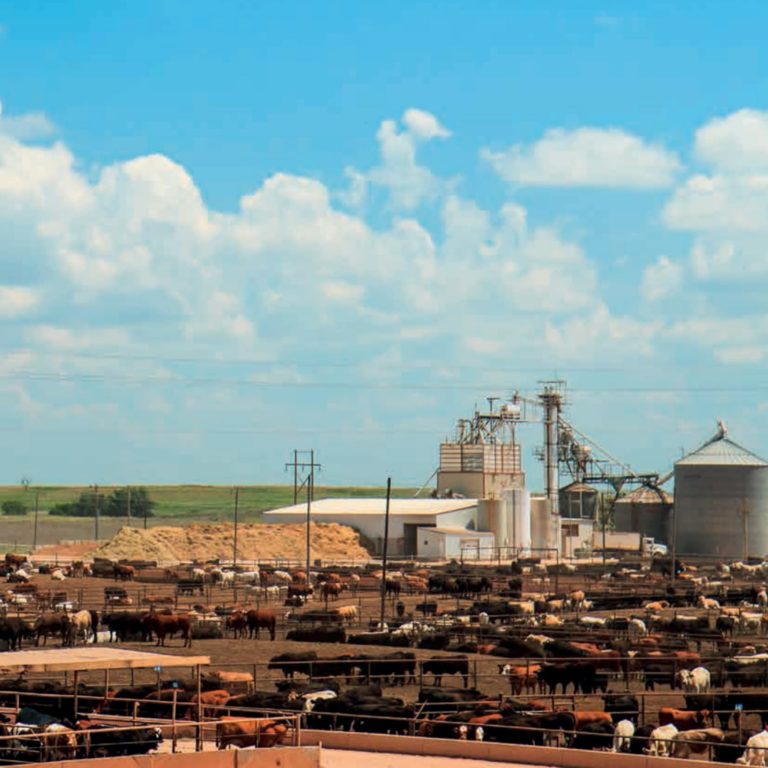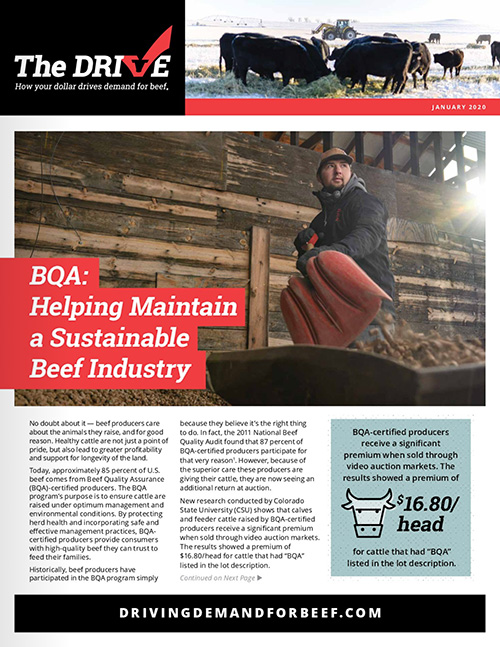Pass It On! Checkoff is a Resource for Producers
The Beef Industry Long Range Plan (LRP) is developed every three to five years and lays out aggressive goals to strengthen the beef industry. As part of this initiative the Beef Checkoff interviewed cattlemen and women across the country to hear the checkoff is helping them for long-term success on their operations. Learn more about the LRP here.
Mushrush Red Angus: Chase County, Kansas
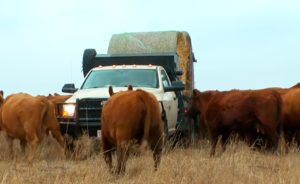 From his family’s ranch in Chase County, Kansas, Joe Mushrush says he and his wife, Connie, are dedicated to creating a viable entity for any of the family’s future generations to return to the ranch and explains how the Beef Checkoff is helping them accomplish this goal.
From his family’s ranch in Chase County, Kansas, Joe Mushrush says he and his wife, Connie, are dedicated to creating a viable entity for any of the family’s future generations to return to the ranch and explains how the Beef Checkoff is helping them accomplish this goal.
“We have told our kids that any of them that want to return to the ranch, that we would do our level best to make a spot for them,” says Joe Mushrush.
The Beef Checkoff serves as a consumer-facing resource for producers so they can focus on producing quality products.
“The Beef Checkoff allows us to do something we can’t do on our own. We do not have the time or resources or the knowledge to go out and approach consumers on our own. By pooling our resources with other producers, it allows us to reach those consumers that we otherwise would not have any way to reach. And, by combining our resources and our voice, hopefully we can make a difference.”
How does the Beef Checkoff Help?
The Beef Checkoff plays an important role growing and maintaining beef demand, thus opening new opportunities for cattle producers to sustain their businesses for generations to come. That includes keeping close tabs on what consumers want in terms of end products, as well as sharing information regarding safe and sustainable beef production carried out by cattle producers — ensuring that’s what they find at the meat case when they go to purchase food for their families.
It’s no small task, but checkoff investments are part of the reason that beef demand has remained strong throughout the extremely tight supplies of recent years. In fact, a study by Dr. Harry Kaiser at Cornell University demonstrates that every checkoff dollar invested has a return on investment of $11.20. That means that every dollar invested by cattle producers returns $11.20 more to an operation than would have received without the checkoff in place.
The Beef Checkoff program was established as part of the 1985 Farm Bill. The checkoff assesses $1 per head on the sale of live domestic and imported cattle, in addition to a comparable assessment on imported beef and beef products. States may retain up to 50 cents on the dollar and forward the other 50 cents per head to the Cattlemen’s Beef Promotion and Research Board, which administers the national checkoff program, subject to USDA approval.




